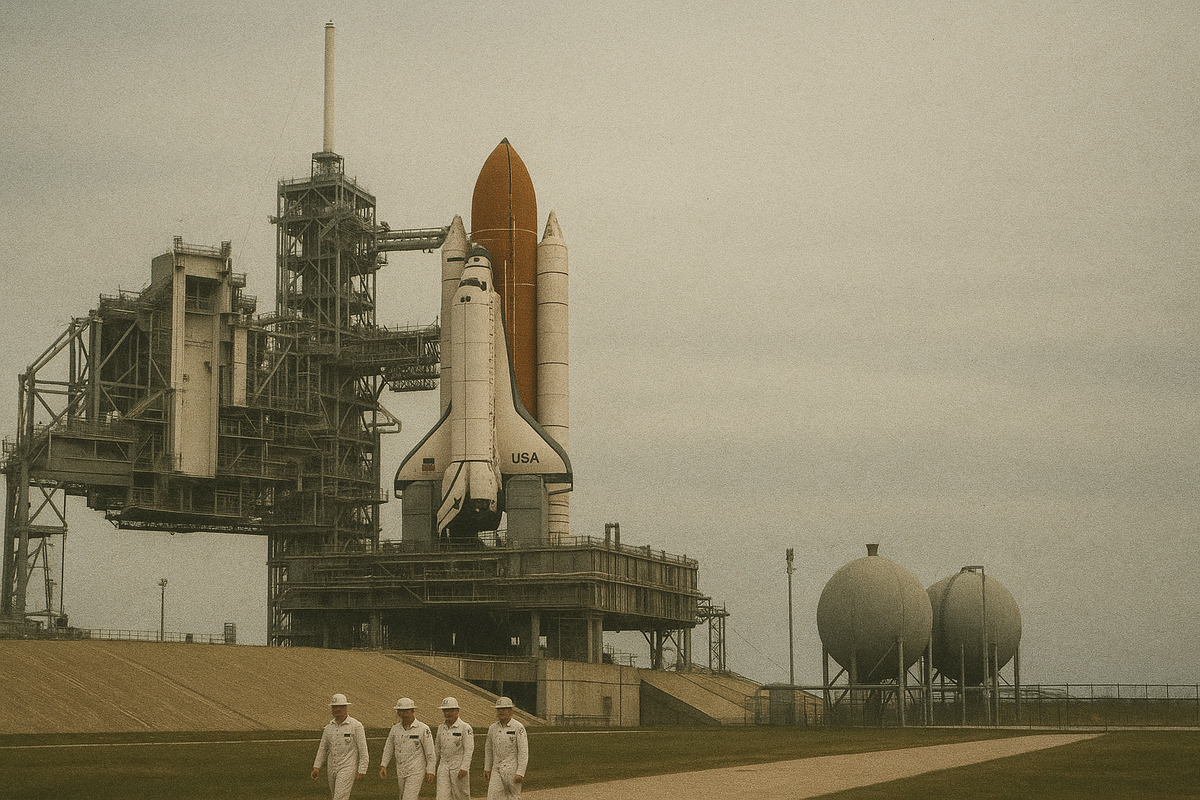🚀 When Can We Launch Safely?

What the Challenger Disaster Teaches Us About Risk, Pressure, and the Wrong Question
Overview
On January 28th, 1986, the Challenger Space Shuttle disintegrated just 73 seconds after launch — a tragedy that claimed seven lives and shocked the world. While a failed O-ring seal was identified as the immediate cause, Rory Sutherland’s book Alchemy reminds us that the deeper failure was one of framing, not engineering. The right question wasn’t asked — and that made all the difference.
The Story
In Alchemy, Rory Sutherland explores how perception, context, and framing influence decision-making in unpredictable ways. He cites the Challenger disaster as an example of how the wrong question — “Can we launch tomorrow?” — overrode the right one: “When can we launch safely?”
In the hours before takeoff, engineers expressed concerns about the extreme cold and its effect on the shuttle’s rubber O-rings. But under pressure from deadlines, media coverage, and political agendas, the decision-making process was flipped. Instead of proving safety, the burden became proving danger — and that proved fatal.
The Safety Lens
This disaster resonates far beyond spaceflight. In health and safety, especially in high-pressure industries like construction, events, or production, we’re often faced with the wrong framing: “How can we make this happen?” rather than “Should this happen at all?”
The Challenger case teaches us three critical lessons:
- Safety must be a constraint, not a variable. It should shape decisions, not be squeezed in after everything else is set. Under the UK’s Health and Safety at Work etc. Act 1974, employers have a duty to ensure the health, safety, and welfare of employees and others “so far as is reasonably practicable.” That phrase is about outcomes — not deadlines.
- Schedule pressure can distort risk perception. Confidence built on convenience is not the same as confidence built on evidence. CDM Regulations 2015 require planning and risk control to be considered from the outset — not retrofitted after commercial or production decisions are made.
- The framing of the question matters. Asking “What would make this safe?” leads to better outcomes than asking “What’s stopping us?” This reflects the principles of prevention under the Management of Health and Safety at Work Regulations 1999 — prioritising elimination or control of risk at the design and planning stage.
Why It Matters to Business Leaders
For business owners and leaders, this isn’t just a story about shuttles and science — it’s about culture. When safety becomes a negotiation, not a non-negotiable, the risk isn’t just to people — it’s to your brand, your licence to operate, and your leadership credibility.
A culture that empowers teams to ask the right questions — and pause when they need to — builds resilience, loyalty, and long-term value. After all, the most successful businesses aren’t just fast — they’re trusted.
Final Thought
The most important question in safety isn’t “Can we go?” — it’s “When is it safe to go?” Ask better questions, get safer outcomes.
Book Referenced
Alchemy – Rory Sutherland (2019)
